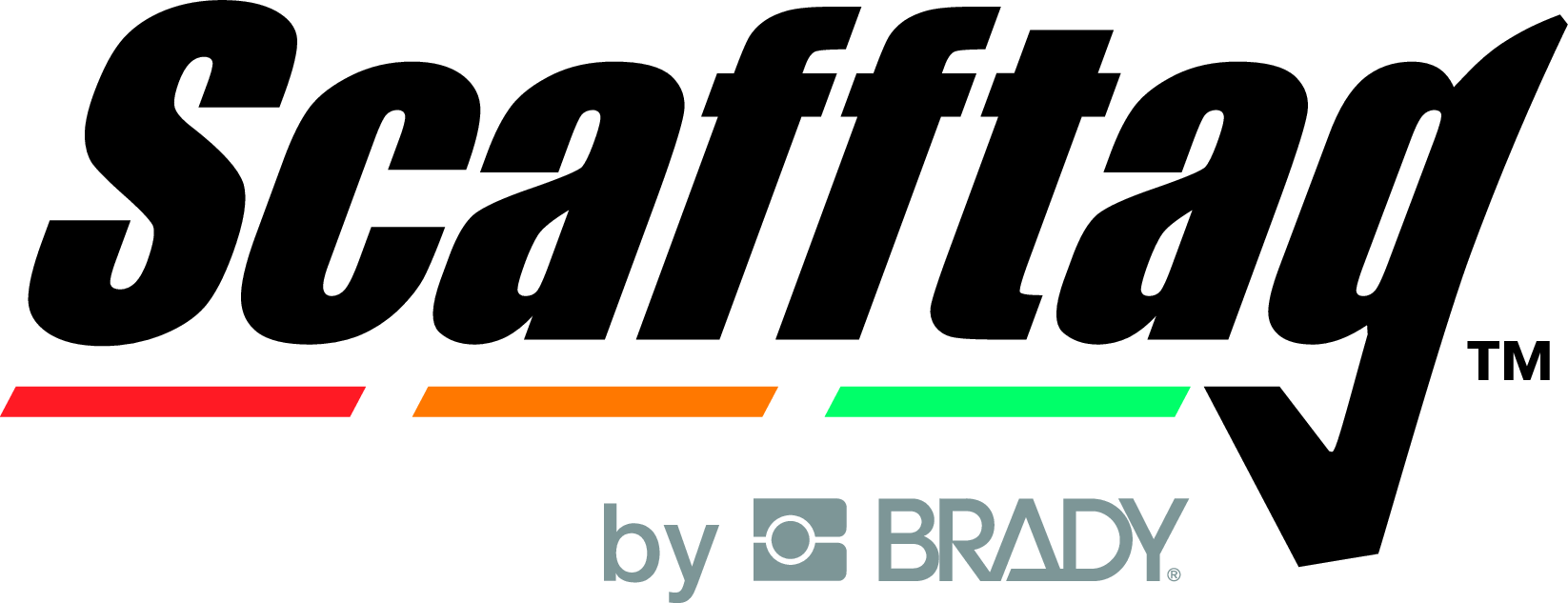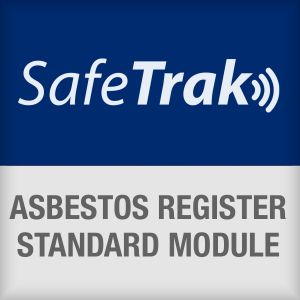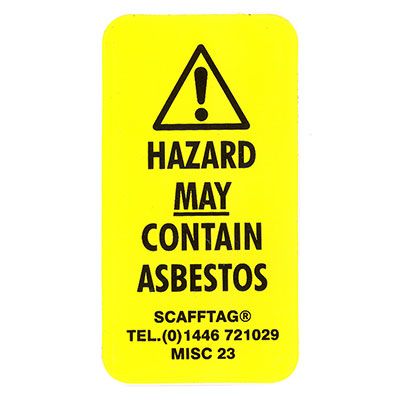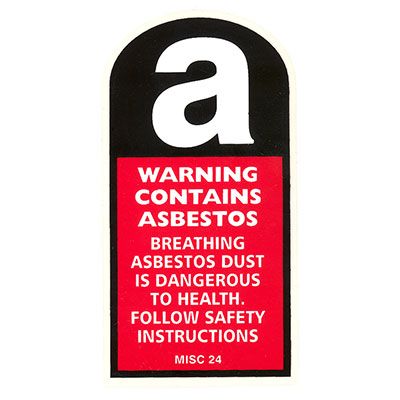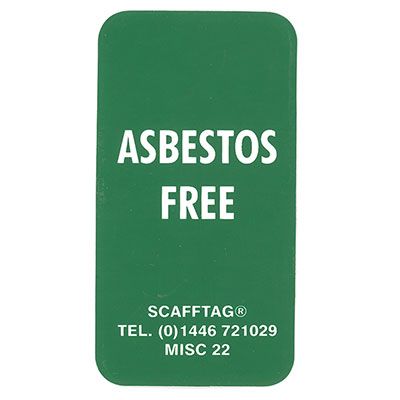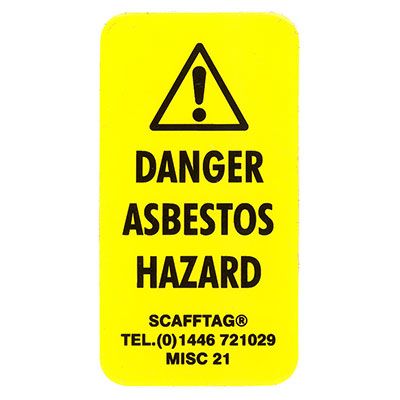Asbestos guidance
Asbestos inspection guidance
How to handle asbestos containing materials?
Asbestos has been extensively used over many years in materials for construction, refurbishment, decoration and finishes for buildings, lagging and insulation and in vinyl’s and thermoplastics. Although its use has been banned in the UK for some time, much of this material is still in place. In general, material that is in good condition and is not (or going to be) disturbed or damaged, does not present a significant risk. But if the material should be damaged or disturbed during maintenance, construction, other similar work, or by accident, it can present a health hazard. It is for this reason that any possible ‘Asbestos Containing Materials’ (ACM’s) that may be present in the workplace are identified and work adequately controlled, such that the hazards are not realised.
Our recommended actions:
- Conduct a desk top study to check what is already known about their buildings. This should include plans, drawings, records of maintenance, construction and renovation etc.
- Compile a suitable asbestos register for their premises that identifies buildings, rooms, offices, workshops, or sales areas etc, so that necessary information and comments for each location can be recorded.
- Carry out a visual examination of each location
- Record the results of the inspection, identifying the parts of the building where asbestos might be located. If at this stage the information gathered such as the age of the premises and the building records strongly indicate or confirm that asbestos materials are not present, you need only record all of this evidence in your building register to provide suitable information and evidence should this be required.
- Display visual warnings at each location identifying the result of the inspection. These can identify them as asbestos present’ ‘asbestos free’, or that the material or area has not been confirmed as being either of these and stating that ‘asbestos materials may be present’. On surfaces that ‘may’ or ‘do’ contain asbestos only adhesive labels or those attached by ties should be used. Labels should never be screwed to these surfaces to attach them.
- Depending upon the result of the above inspection, evaluate whether or not a competent person should be appointed to carry out a complete survey of the premises. If this is required a suitable risk assessment should be completed that will identify risks from undertaking such work. Only a suitably qualified and authorized specialist should carry out sampling. In addition to sampling, evidence may be able to be obtained from material or equipment manufacturers.
- Record all of the information gathered during the survey and associated work in the asbestos register and asbestos sample record. This should include location, type and condition of materials.
- Conduct a risk assessment
- Develop and implement a Management Plan which includes:
- Encapsulation and removal and disposal plans
- Protective equipment needs
- Preventative measures to control material spread
- Procedural controls such as
- Permit to Work systems
- Visual warnings
- Sampling and monitoring
- Re-inspection
- Record keeping and reporting
- Work plans
- Training and information
- Emergency procedures
- Train and inform employees, contractors and any other stakeholders on the plan
- Review and update the plan. It is recommended these be carried out at intervals of between six and twelve months depending upon the level of assessed risk.
Relevant legislation
- Health and Safety at Work Act 1974
- Reporting of Injuries, Diseases and Dangerous Occurrences Regulations 1985.
- Workplace (Health, Safety & Welfare) Regulations 1992
- Personal Protective Equipment at Work Regulations 1992
- Provision and Use of Work Equipment Regulations 1998
- Management of Health and Safety at Work Regulations 1999
- Control of Substances Hazardous to Health Regulations 2002 (as amended)
- Control of Asbestos Regulations 2006
- Construction (Design and Management) Regulations 2007
